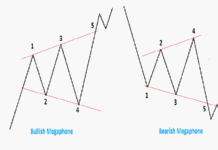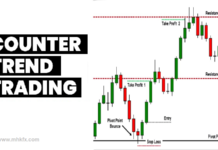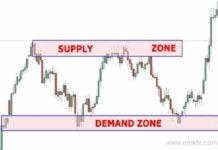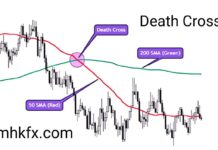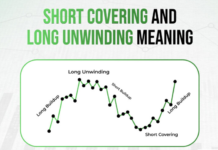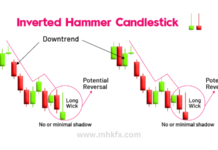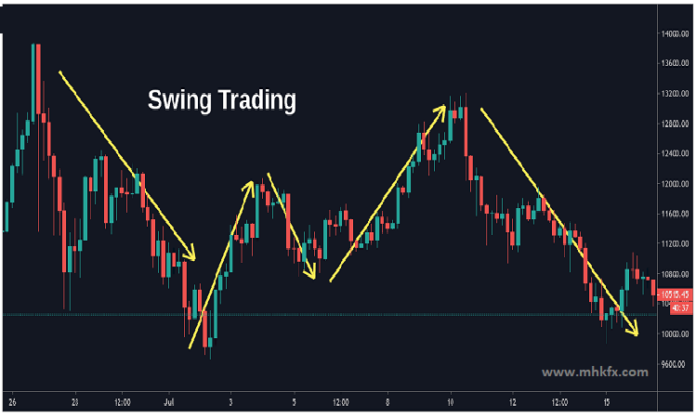
Swing trading is a popular trading strategy that allows short-term traders to take advantage of market fluctuations and capture profits within a relatively short period. Here we provide valuable insights and techniques for mastering the art of swing trading, helping traders navigate volatile markets and increase their chances of success.
Identify High-Probability Setups
To become a successful swing trader, it is crucial to identify high-probability trade setups. This involves conducting thorough technical analysis and identifying specific chart patterns that indicate potential price reversals or continuation. Some commonly used setups in swing trading include breakouts, pullbacks, and trend reversals.
By studying price charts, analyzing support and resistance levels, and utilizing indicators such as moving averages or oscillators, traders can identify favorable entry and exit points. The key is to focus on setups that have a higher probability of success based on historical price behavior and technical analysis.
Implement Effective Risk Management
Effective risk management is paramount in swing trading. As short-term traders, it is important to define and limit the potential downside of each trade. This can be achieved by setting appropriate stop-loss orders based on the analysis of key support and resistance levels or technical indicators.
Traders should also consider position sizing based on their risk tolerance and account size. By allocating a fixed percentage of capital to each trade, traders can protect themselves from excessive losses and maintain consistency in their overall trading approach.
Utilize Technical Indicators and Oscillators
Technical indicators and oscillators play a vital role in swing trading, providing valuable insights into market trends and potential reversals. Indicators such as the Relative Strength Index (RSI), Moving Average Convergence Divergence (MACD), or Stochastic Oscillator can help traders identify overbought or oversold conditions and gauge market momentum.
By incorporating these indicators into their analysis, swing traders can enhance their decision-making process, validate trade setups, and identify potential exit points. However, it is essential to avoid over-reliance on indicators and use them in conjunction with other technical analysis tools for confirmation.
Develop a Trading Plan and Stick to It
A well-defined trading plan is the backbone of successful swing trading. It should include specific entry and exit criteria, risk management guidelines, and rules for trade selection. Traders should establish a set of trading rules based on their strategies, risk tolerance, and market conditions.
Additionally, it is important to maintain discipline and stick to the trading plan. Emotional decision-making can lead to impulsive trades and deviating from the predefined strategy. By following a trading plan and exercising discipline, swing traders can mitigate the impact of emotions and increase their chances of consistent profitability.
Conclusion
Mastering the art of swing trading requires a combination of technical analysis skills, risk management, and disciplined execution. By identifying high-probability setups, implementing effective risk management techniques, utilizing technical indicators, and developing a well-defined trading plan, short-term traders can enhance their swing trading strategy.
However, it is important to remember that swing trading, like any trading strategy, carries inherent risks. Traders should continuously educate themselves, adapt to changing market conditions, and practice sound risk management to maximize their chances of success. With dedication and experience, mastering the art of swing trading can provide an effective approach for short-term traders to profit from market fluctuations.
Related Post:
Forex Trading and Fund Management : Strategies for Success

